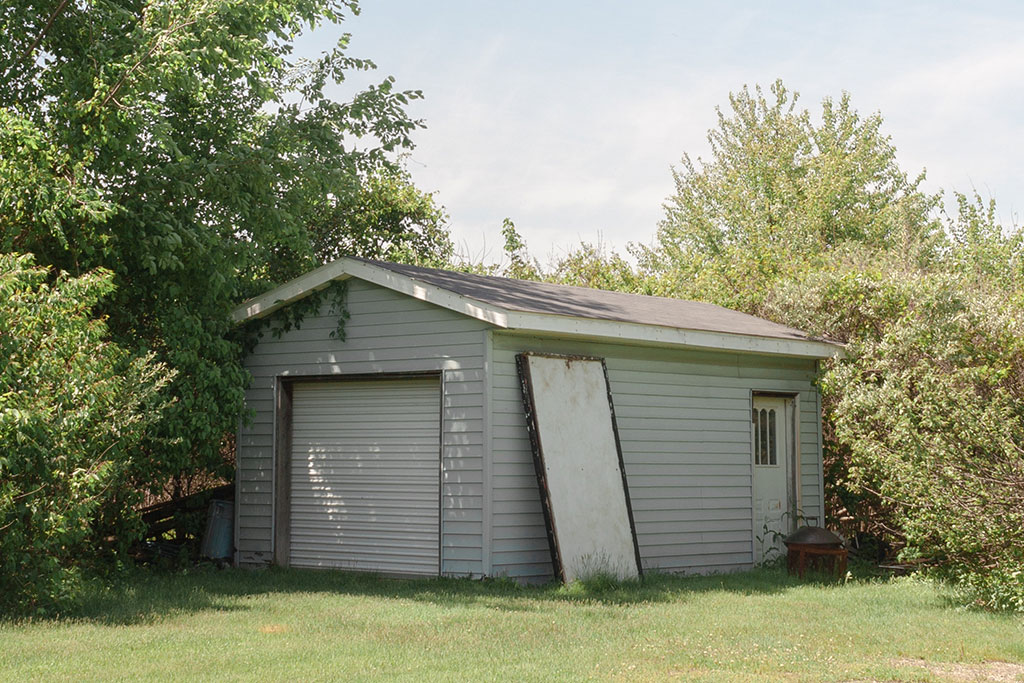With autumn on the horizon, you may be looking forward to the cool, breezy days ahead, and you’re not alone.
In fact, your landscaping probably can’t wait to say good riddance to these hot summer days full of overactive pests and dry, thirsty soil. However, fall is not without its unique challenges. As the sun sets on summer, take some time to conduct a little end-of-season maintenance and prepare for the fall climate conditions that are just around the corner.

Go through your garden
Start with damage control. Assess the summer casualties in your garden, such as high-moisture or sun-averse plants that just couldn’t take the heat. Uproot any dead matter, and clean the soil out of freshly emptied garden pots, as dead roots may attract fungi.
Check your remaining plants for dry, dead growths, pruning them as needed. Use garden shears for this task, not your hands, to avoid damaging healthy growths in the process. Then pick and preserve any ripe fruits, vegetables, or herbs in your edible garden. You worked hard on this produce all summer, so ensure that it doesn’t go to waste. (Besides, if you don’t eat it, some ants gladly will.)
If you plan on filling any gaps in your garden with fall foliage, such as pansies and goldenrod, plant young growths—seeds likely won’t bloom in time for Thanksgiving. This is also the ideal time to plant new trees and shrubs as their roots will have ample time to mature in the soil before the winter frost arrives. Once you’re satisfied, surround any new additions to your yard and garden with a layer of mulch to help insulate fresh roots.
Optimize your outdoor spaces
Take care of any outdoor repairs while the weather is still comfortable. Once harsher autumn conditions roll around, existing damage like cracked surfaces may only worsen—and you may be less willing to head outside to make these necessary fixes.
Start by caulking surface cracks in brick, concrete, and stone, then paint over them to disguise your repairs. You should make touch-ups to paint on walls and railings during this drier end-of-summer weather. (Cool, wet fall air may prevent paint from drying properly.) If you have extensive damage like dislodged concrete or broken pavers, hire a specialist to make these improvements as soon as you can.
It’s especially important to address any wooden deck damage before fall is in full swing. These wetter, milder, and shorter days create the perfect conditions for fungi with a particular taste for wood. Because deck construction is so intricate, you should probably restrict DIY efforts to simple tasks like cleaning, rinsing, and touching up the sealant. Leave sensitive jobs like replacing rotten planks or securing loose joints to a professional repair service.
Finally, take care of your outdoor decor. Invest in furniture covers that can withstand rain and weathering, and move any delicate items like pillows into storage when not in use.

Sift through your shed
Take some time to organize your shed. Put away summer decorations, then store any unneeded tools. For more efficient storage, install racks, wall mounts, and shelves. (You’ll thank yourself later.) Rotate rakes and wheelbarrows to the front so that when the leaves start to drop, you’ll be ready to clean them up. In anticipation of colder weather, you should also stock up on winterizing supplies like plant insulating wrap.
Give your lawn some love
Summer may be peak weed season, but this problem won’t necessarily disappear with the approach of the fall equinox. Pick all weeds out of your lawn, ensuring that you fully uproot them; resilient weeds can rebound surprisingly fast if you don’t remove all of their roots.
The first frost can occur anywhere between September and December, depending on your region of the country. (The Farmer’s Almanac has a handy guide to probable frost dates for your area.) In anticipation of this climate turning point, aerate your lawn to loosen up compacted soil, and apply a thin layer of fertilizer. You can also plant grass seeds for a denser, healthier lawn, but it may be best to consult with a horticulturist first, as this can be a delicate job with specific regional challenges.
Keep your mower handy too. Grass will continue growing up until the first frost occurs, so mow your lawn regularly before then. Set the blades to 4 inches to help keep your grass healthy and neat looking throughout August and September. If leaves start collecting on your lawn prematurely, feel free to mow right over them for now. Once dense layers of leaves collect later in fall, you’ll need to rake them before you mow.
Additionally, stay on top of your watering schedule. Stick to the low-light hours of dawn and dusk, even as cooler weather trickles in. Direct sun can evaporate moisture surprisingly fast, which wastes both water and money.
Tackle these tasks now, and you can enjoy a cozier autumn with minimal effort, less stress, and delightful views of the changing season outside your window.
>>> Read full article>>>
Copyright for syndicated content belongs to the linked Source : AmericanLifestyleMag – https://americanlifestylemag.com/home/outdoors-gardening/give-your-landscaping-some-end-of-summer-love/































